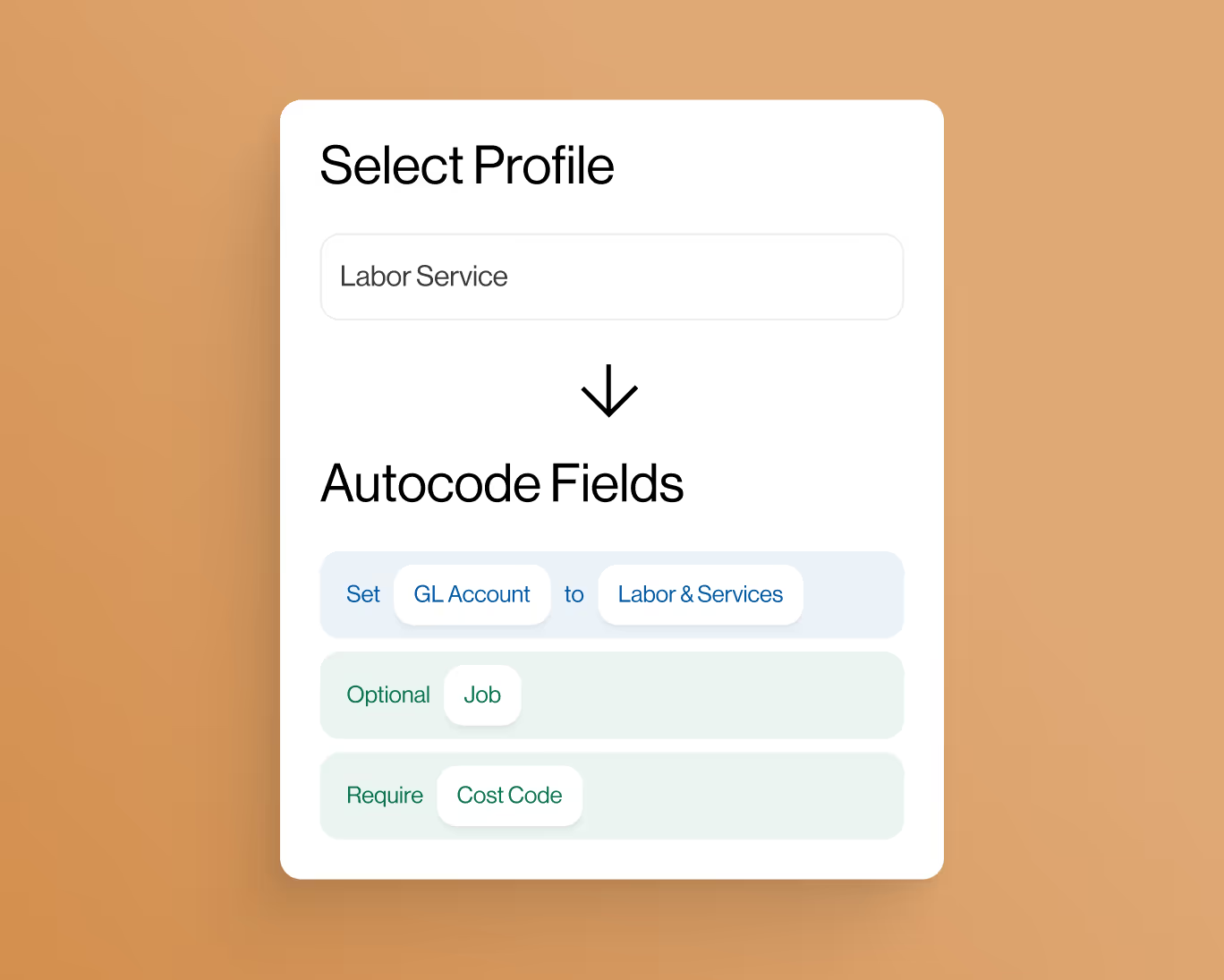Payroll Summary Report in the Construction Industry
Managing payroll in the construction industry involves a complex set of tasks and considerations. One crucial tool that construction companies utilize is the Payroll Summary Report. In this article, we will delve into what the Payroll Summary Report means in the context of the construction industry and why it plays a pivotal role in ensuring smooth operations.
Understanding the Payroll Summary Report
The Payroll Summary Report is a concise yet comprehensive document that provides an overview of the financial aspects related to employee compensation within a specific timeframe, typically a pay period. In the construction industry, where projects can span months or even years, this report becomes an indispensable tool for project managers, HR personnel, and financial departments.
Key Components of the Payroll Summary Report
The Payroll Summary Report encompasses various essential components:
- Employee Information: The report lists the names, job roles, and identification details of all employees who received compensation during the pay period.
- Hours Worked: It outlines the number of hours each employee worked, differentiating between regular working hours, overtime, and any other relevant categories.
- Earnings Breakdown: This section details the various types of earnings an employee accrued, including base wages, overtime pay, bonuses, and incentives.
- Withholdings: The report provides information on deductions such as taxes, social security contributions, retirement fund contributions, and any other relevant withholdings.
- Net Pay: The final section calculates the net pay for each employee, which is the amount they will actually receive after all deductions and withholdings have been applied.
Importance of the Payroll Summary Report in Construction
The construction industry operates under tight budgets and schedules, and accurate payroll management is critical to project success. The Payroll Summary Report serves several essential purposes:
- Project Cost Analysis: By providing a clear breakdown of labor costs, the report enables project managers to analyze how labor expenses impact overall project budgets. This insight is invaluable in making informed decisions and adjusting plans as necessary.
- Regulatory Compliance: Construction companies must adhere to various labor laws and regulations. The Payroll Summary Report helps ensure that proper wages, overtime rates, and mandatory deductions are accurately calculated and applied, thus minimizing the risk of legal issues.
- Financial Planning: Accurate payroll data empowers construction companies to forecast and plan for future labor expenses. This is particularly crucial in long-term projects where labor costs constitute a significant portion of the overall budget.
- Transparency and Accountability: The Payroll Summary Report fosters transparency between employees and the company. Employees can review their compensation details, fostering trust and minimizing disputes.
- Efficient Resource Allocation: By identifying trends in labor costs and productivity, construction companies can allocate resources more efficiently, ensuring that the right number of workers are assigned to different tasks.
Creating an Effective Payroll Summary Report
Generating an effective Payroll Summary Report requires attention to detail and accuracy. Here are some tips:
- Use Reliable Software: Invest in payroll software that is specifically designed for the construction industry. Such software often includes features tailored to handle the complexities of construction payroll, such as tracking hours on different projects and managing prevailing wage rates.
- Regular Reconciliation: Reconcile payroll data with attendance records and other relevant documentation to ensure accuracy. This step helps catch any discrepancies before they become larger issues.
- Clear Formatting: Present the report in a clear and organized format that is easy to understand. Use headings, tables, and graphs where applicable to convey information visually.
- Double-Check Calculations: Accuracy is paramount. Double-check all calculations to ensure that wages, deductions, and net pay figures are precise.
- Store Historical Data: Maintain a record of past Payroll Summary Reports. This historical data can provide insights into labor cost trends over time.
Conclusion
In the dynamic world of construction, where projects are complex and resources are limited, the Payroll Summary Report emerges as a tool that brings clarity and control to payroll management. By accurately summarizing employee compensation, deductions, and net pay, this report empowers construction companies to make informed decisions, stay compliant with regulations, and ensure the financial health of their projects.










